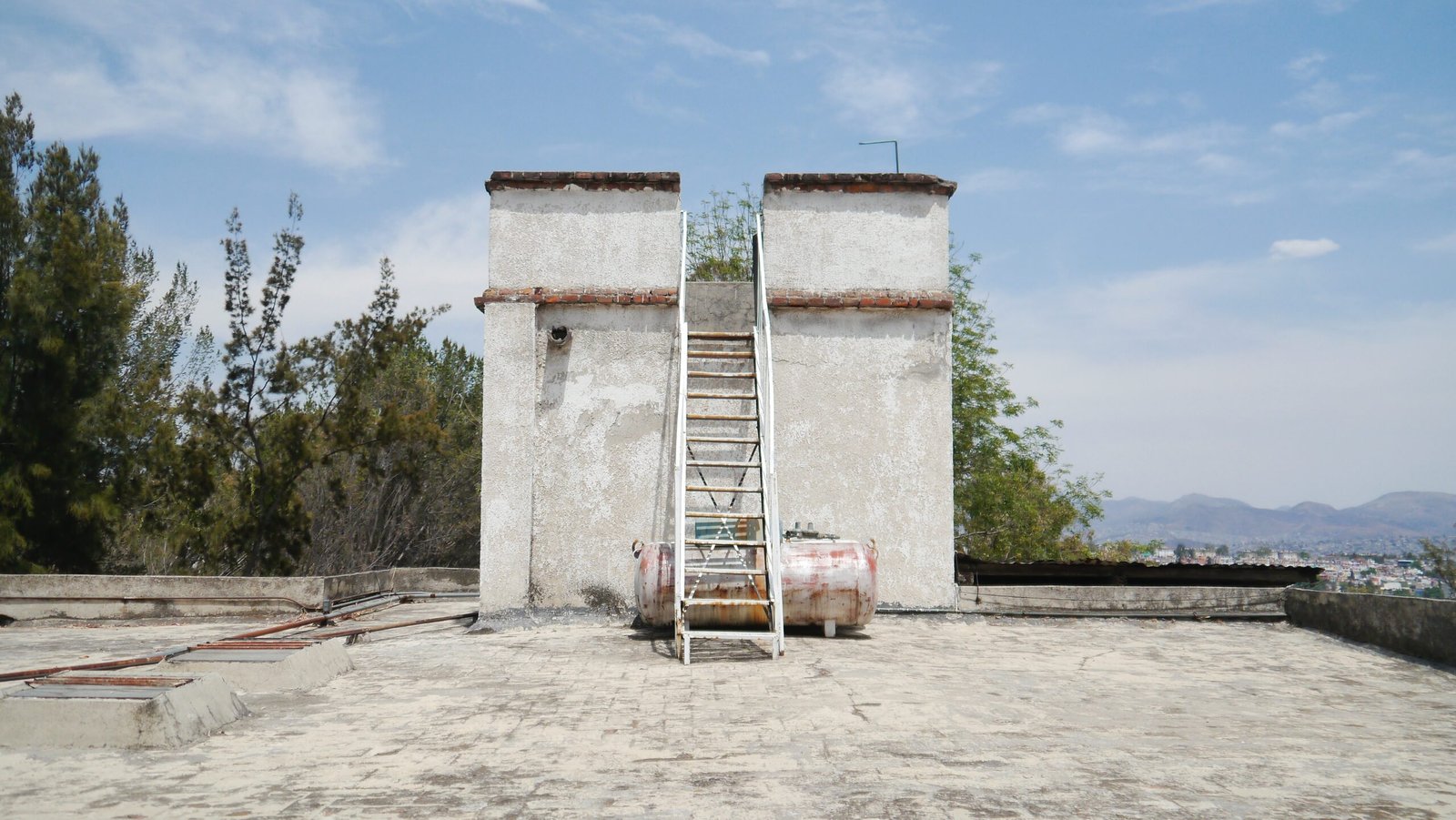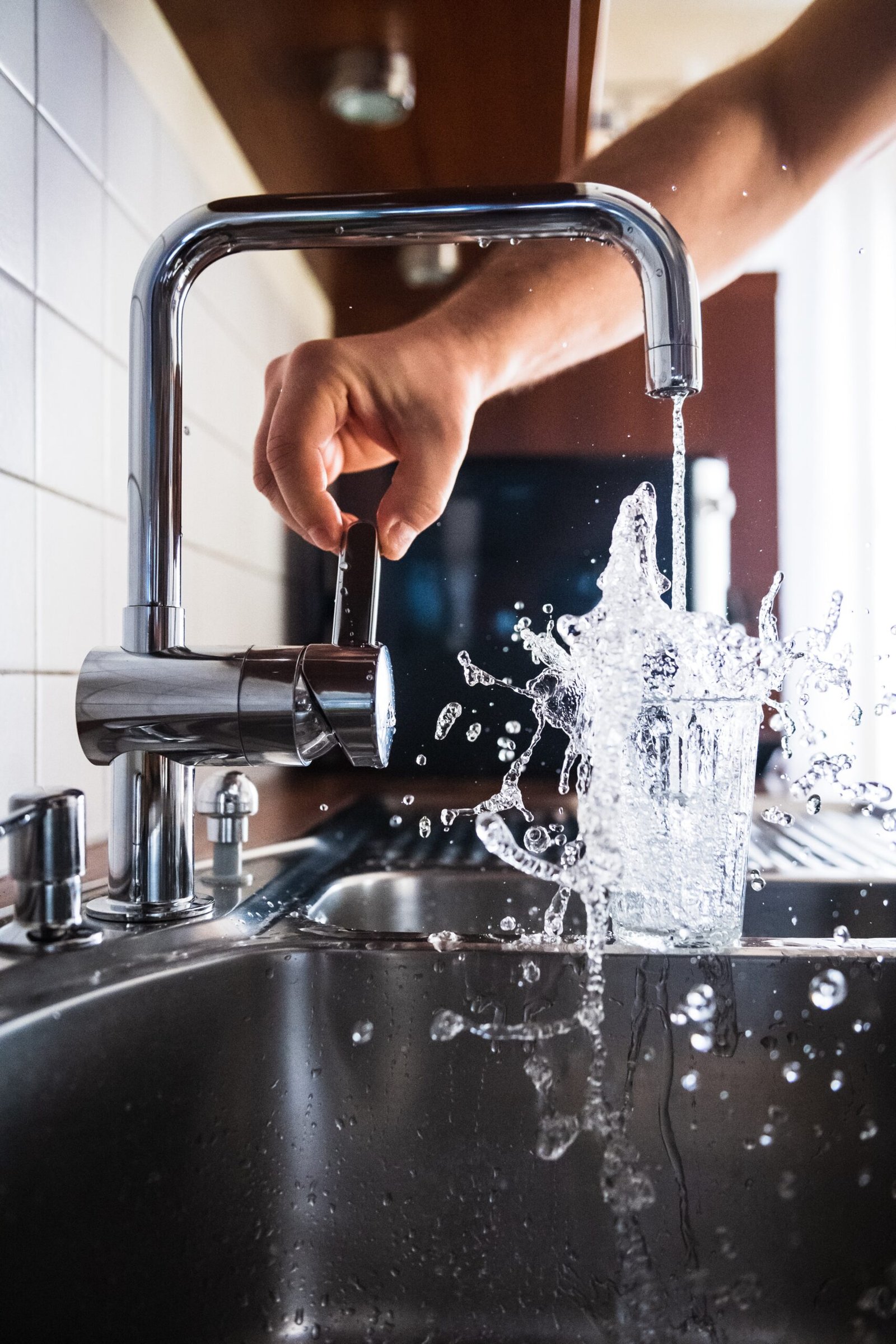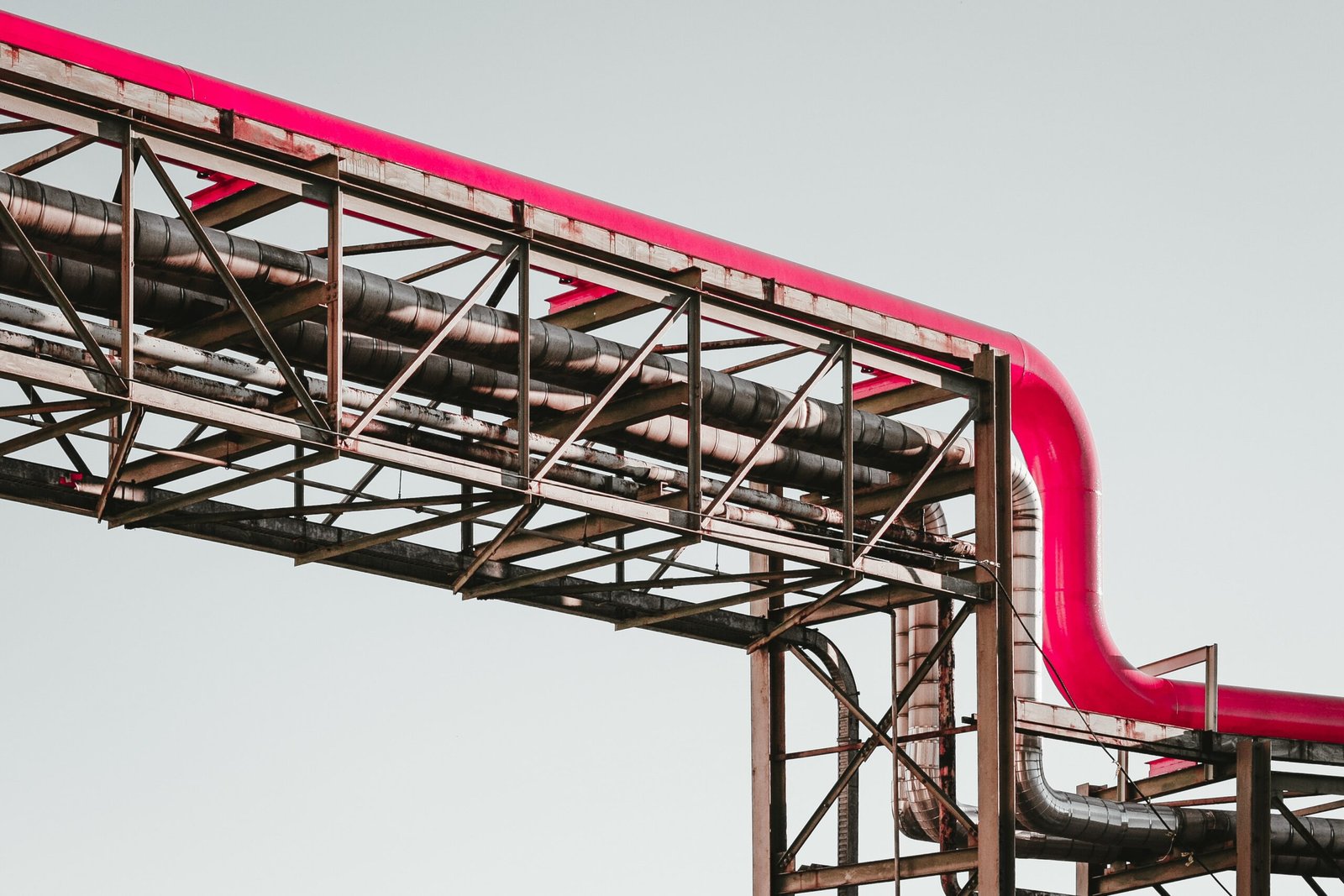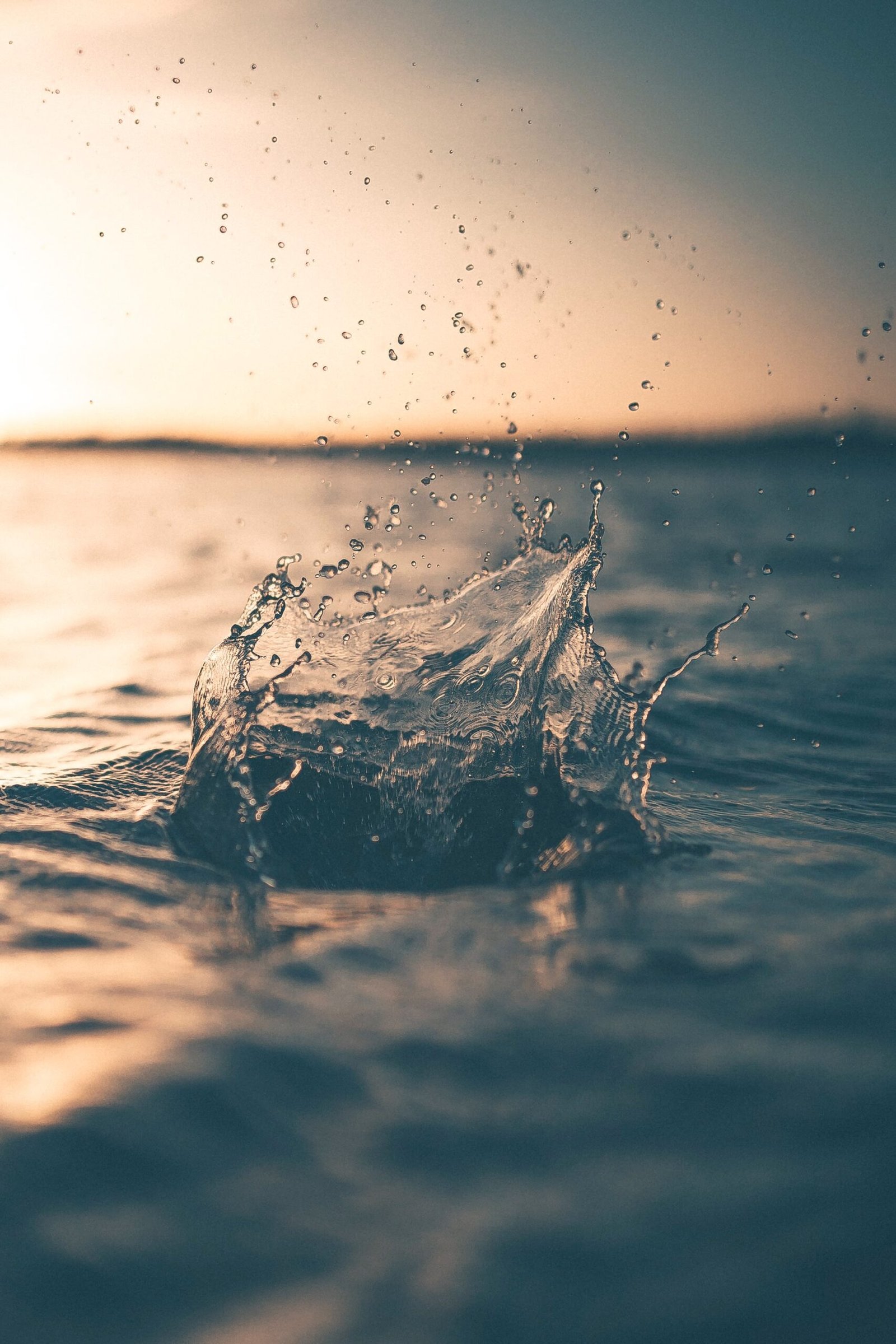Introduction
Plumbing issues can be a real headache, but with a little knowledge and the right tools, many common problems can be fixed without calling a professional plumber. In this article, we will discuss the top 10 common plumbing issues homeowners face and provide you with step-by-step instructions on how to fix them.
1. Leaky Faucet
A leaky faucet is not only annoying but can also waste a significant amount of water. To fix it, start by turning off the water supply under the sink. Then, remove the handle and replace the worn-out washer or cartridge. Finally, reassemble the faucet and turn the water supply back on.
2. Clogged Drain
A clogged drain is a common plumbing problem that can be easily resolved. Begin by using a plunger to loosen the blockage. If that doesn’t work, try using a drain snake or a homemade mixture of baking soda and vinegar. In severe cases, you may need to remove the trap under the sink to clear the clog.
3. Running Toilet
A running toilet can waste a significant amount of water and increase your water bill. To fix it, start by checking the flapper valve and the chain inside the tank. Adjust or replace them if necessary. If that doesn’t solve the problem, you may need to replace the entire flush valve assembly.
4. Low Water Pressure
If you’re experiencing low water pressure, start by checking the aerator on your faucet. It may be clogged with mineral deposits. Remove the aerator and clean it thoroughly. If that doesn’t help, you may need to clean or replace the showerhead or call a professional to check for any hidden issues.
5. Dripping Showerhead
A dripping showerhead can be a nuisance and waste water. To fix it, start by turning off the water supply to the shower. Then, remove the showerhead and clean it thoroughly. If the problem persists, you may need to replace the washers or the entire showerhead.
6. Leaking Pipes
Leaking pipes can cause water damage to your home if not addressed promptly. To fix a leaking pipe, start by turning off the main water supply. Then, identify the source of the leak and apply plumber’s tape or a pipe clamp to seal it. If the pipe is severely damaged, you may need to replace it.
7. Faulty Water Heater
If your water heater is not providing hot water or is leaking, it may need repair or replacement. Start by checking the pilot light and the thermostat settings. If the issue persists, call a professional plumber to inspect and repair the water heater.
8. Overflowing Toilet
An overflowing toilet can be a messy and unpleasant situation. To prevent further overflow, turn off the water supply to the toilet. Then, use a plunger to try and unclog the toilet. If that doesn’t work, you may need to use a toilet auger or call a professional plumber.
9. Frozen Pipes
In colder climates, frozen pipes can be a common plumbing issue. To thaw frozen pipes, start by turning off the water supply to the affected area. Then, use a hairdryer or towels soaked in hot water to gently warm the pipes. Avoid using open flames or excessive heat, as it can damage the pipes.
10. Sewer Line Backup
A sewer line backup can cause unpleasant odors and damage to your home. If you’re experiencing a backup, start by turning off the water supply to your home. Then, try using a plunger or a sewer snake to clear the blockage. If the problem persists, call a professional plumber to inspect and repair the sewer line.
Conclusion
While some plumbing issues may require the expertise of a professional plumber, many common problems can be fixed with a little DIY know-how. By following the step-by-step instructions provided in this article, you can save time and money by resolving these issues yourself. Remember, if you’re unsure or uncomfortable with any plumbing repairs, it’s always best to call a professional.



